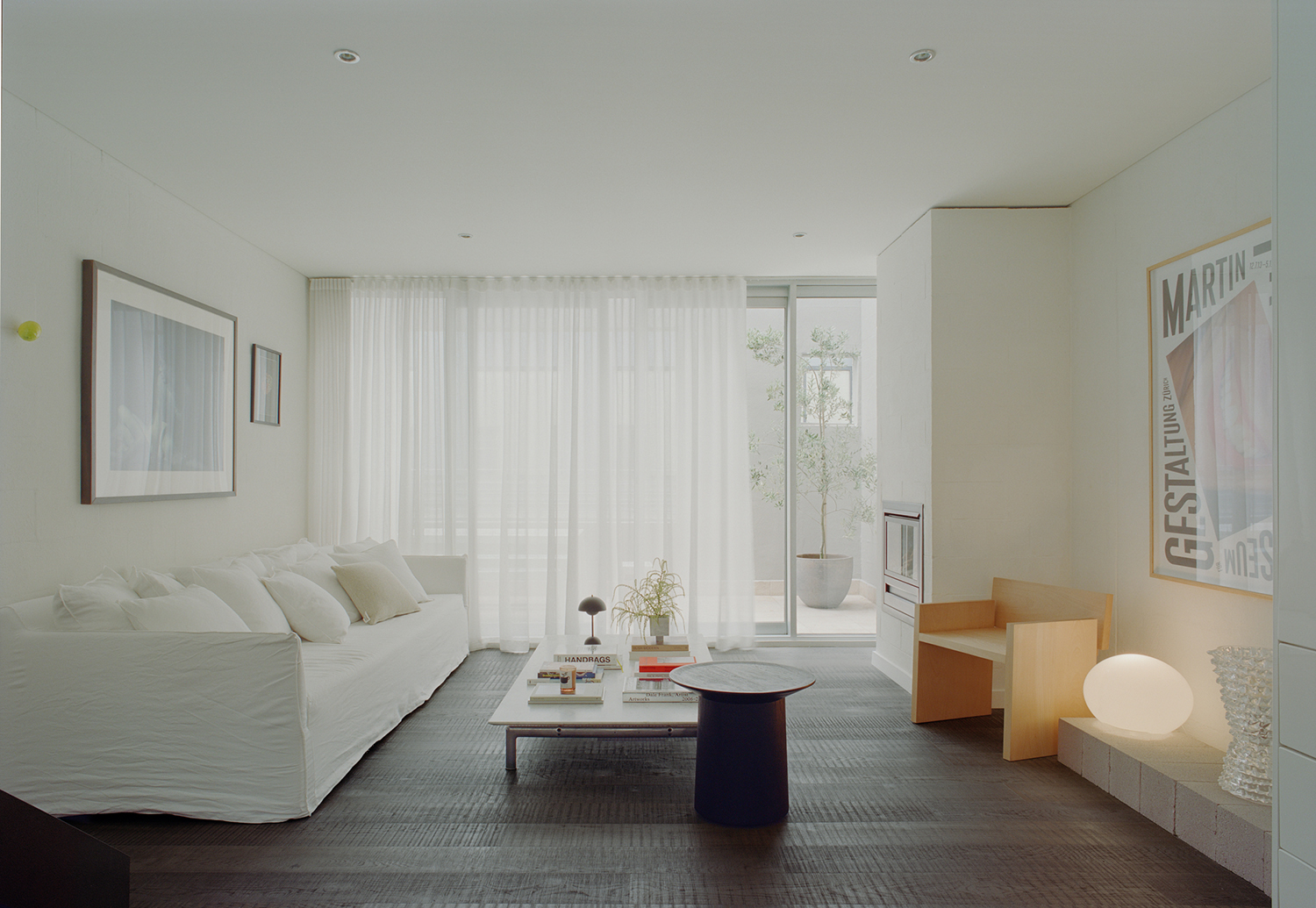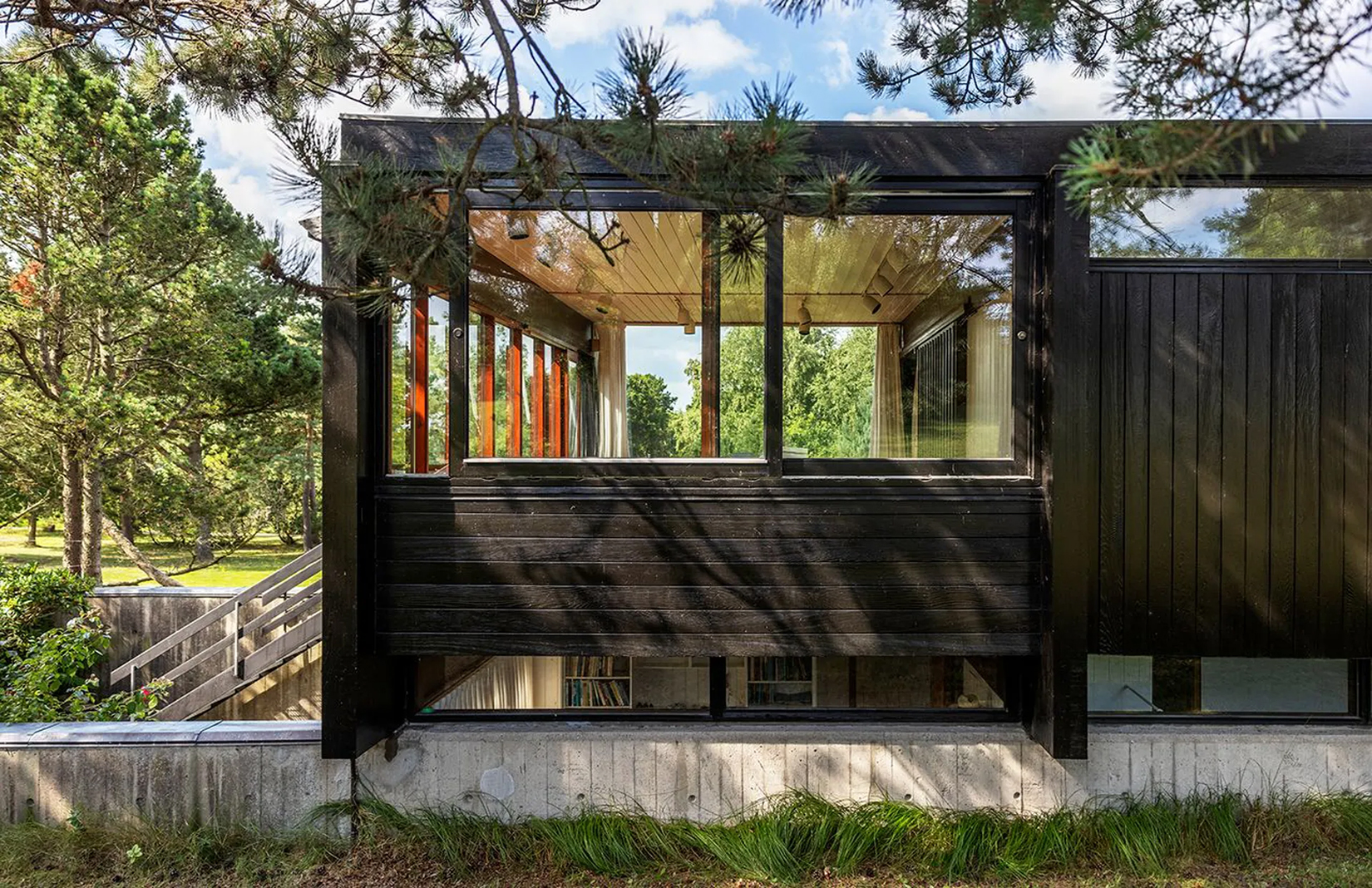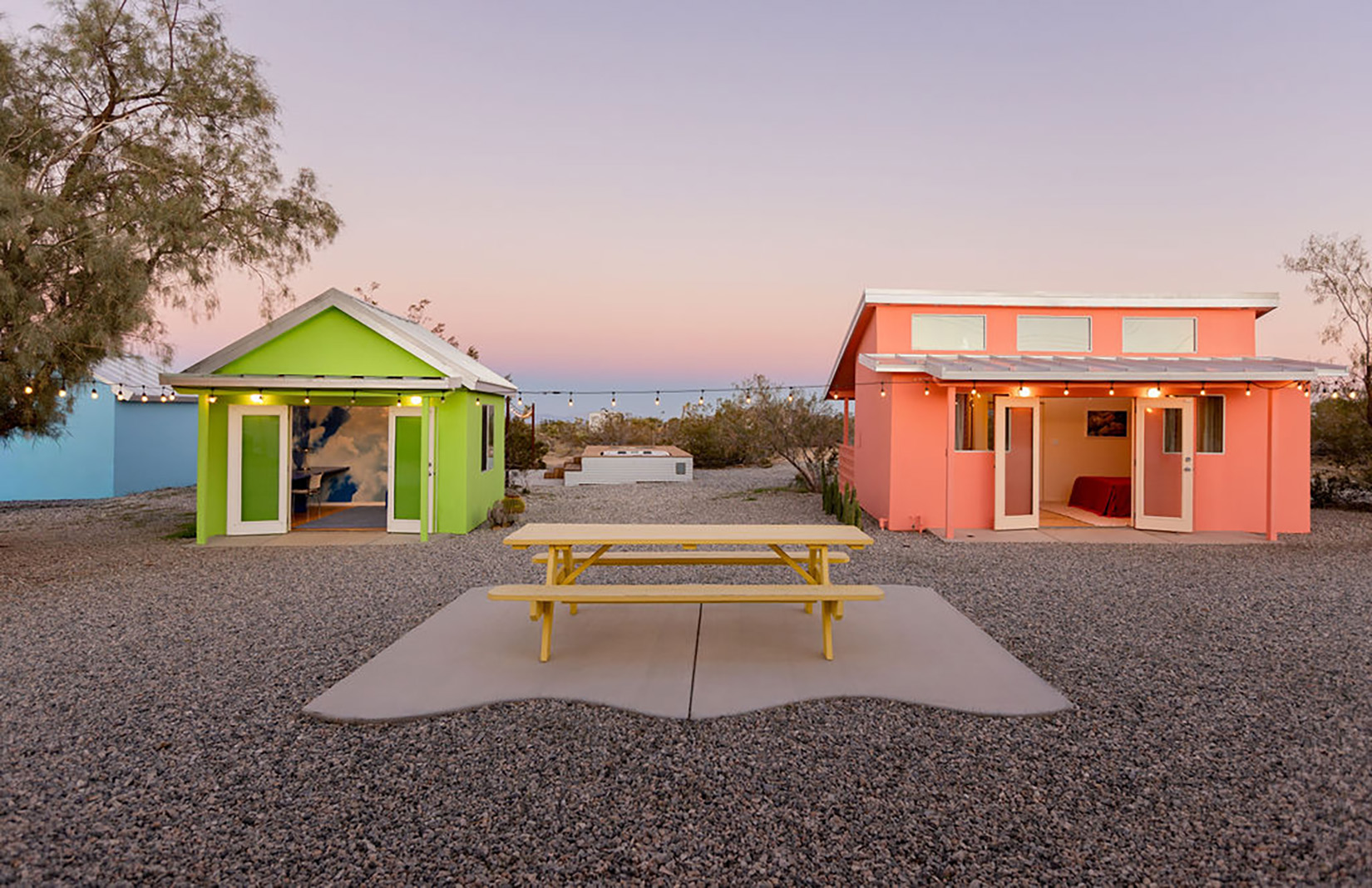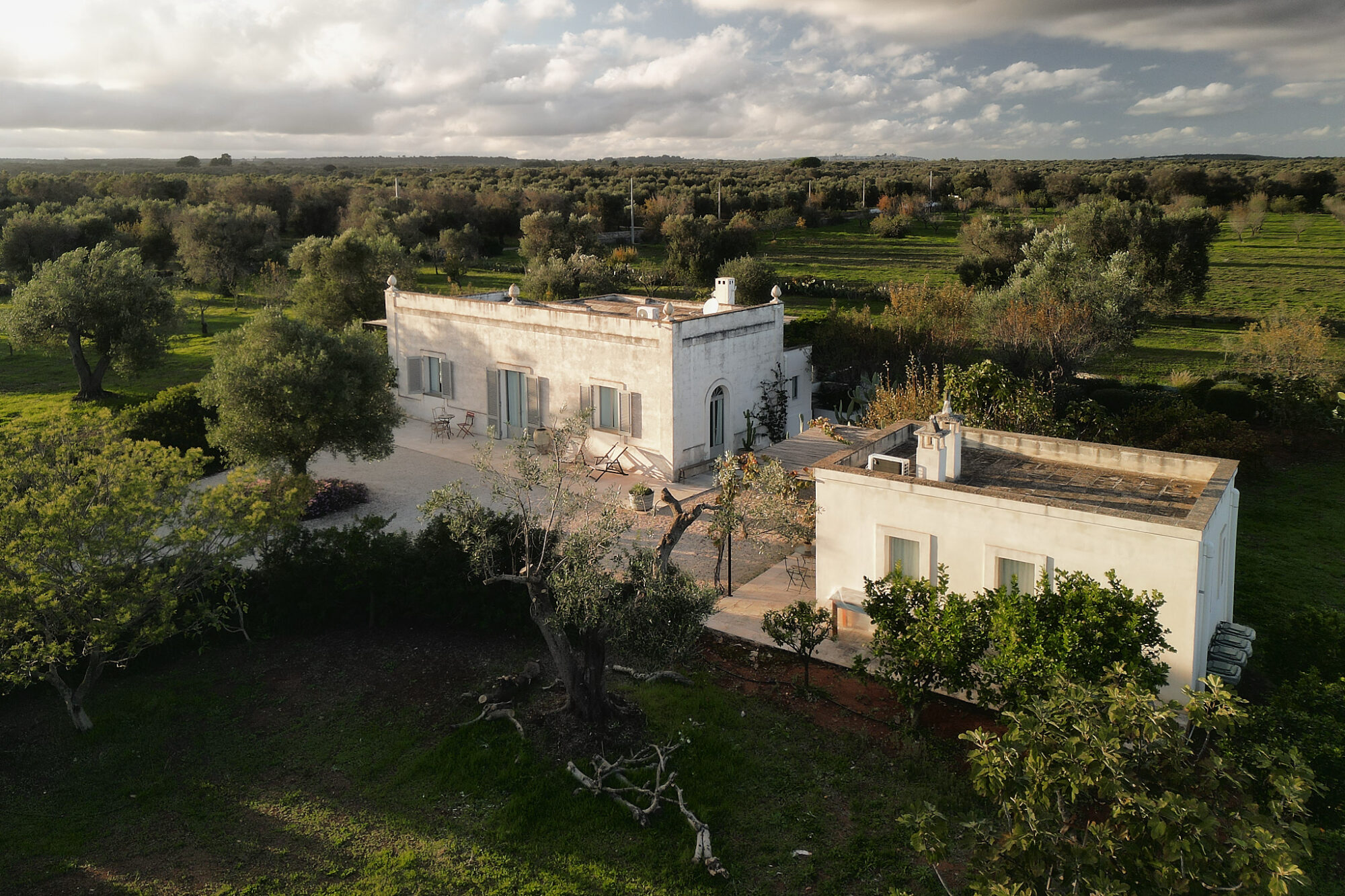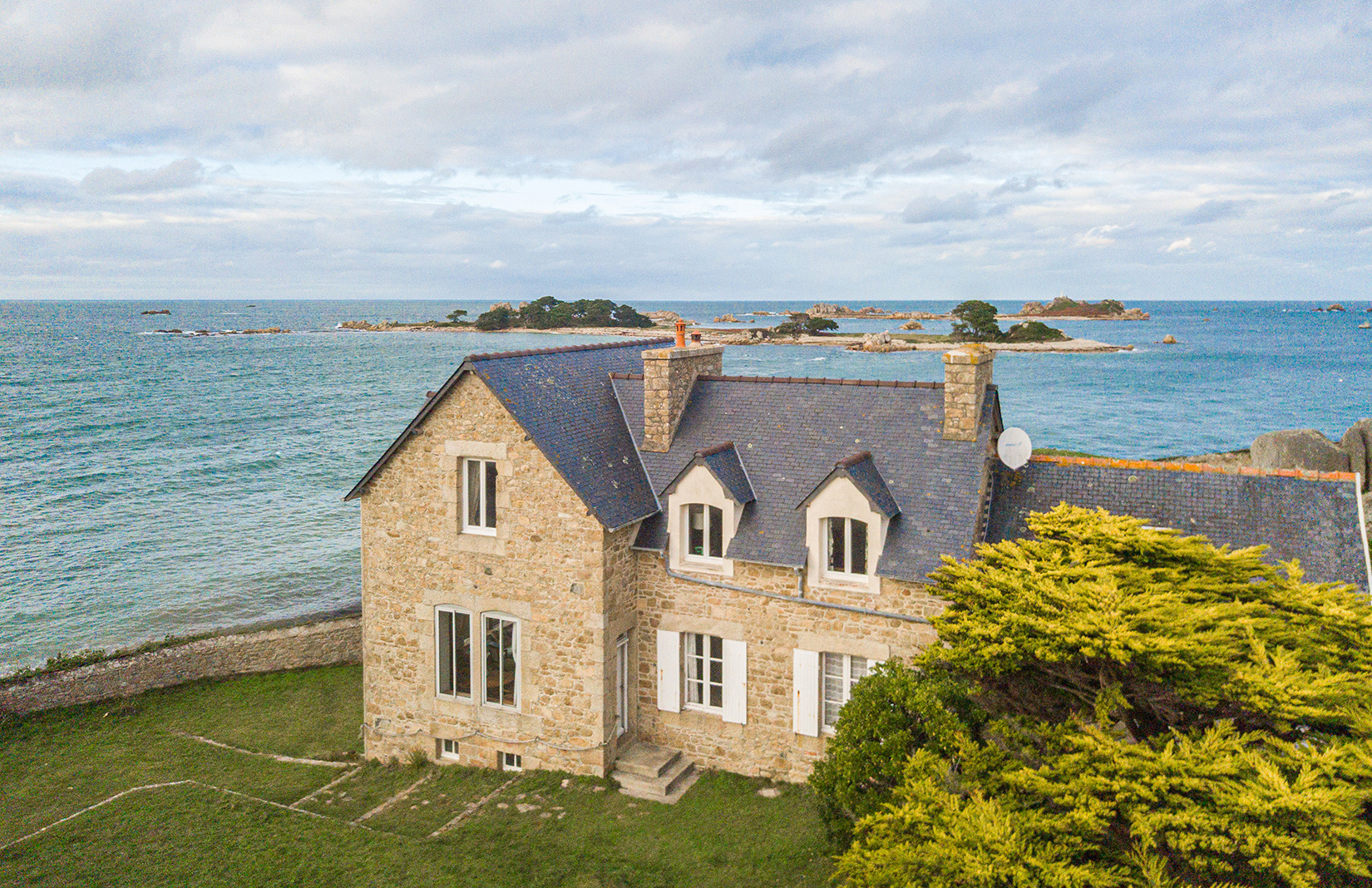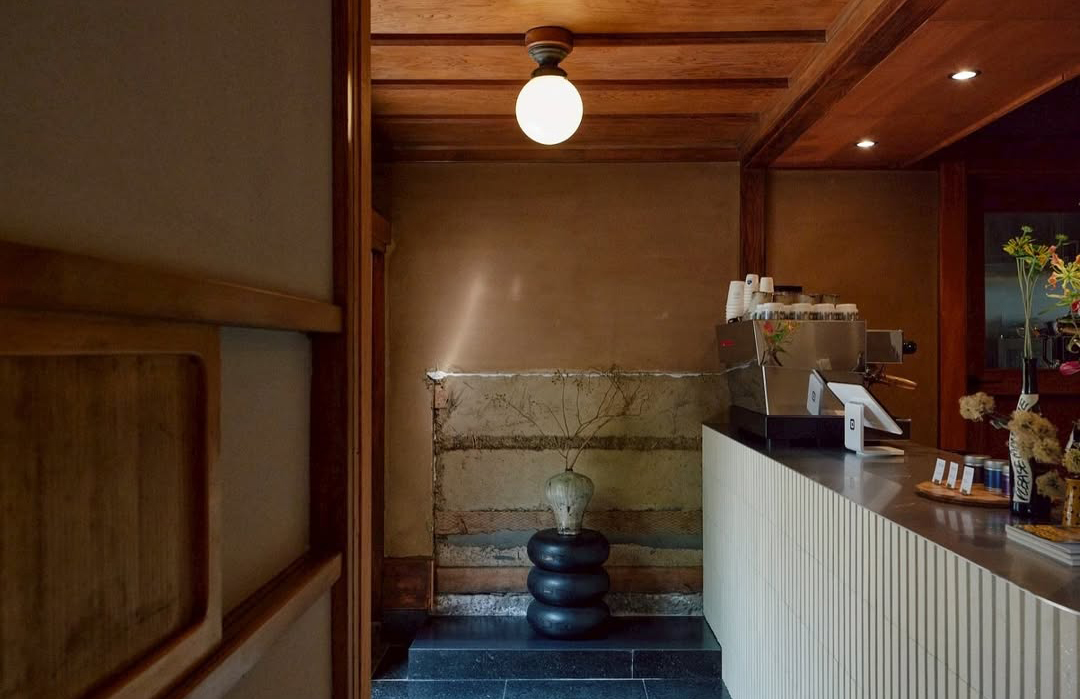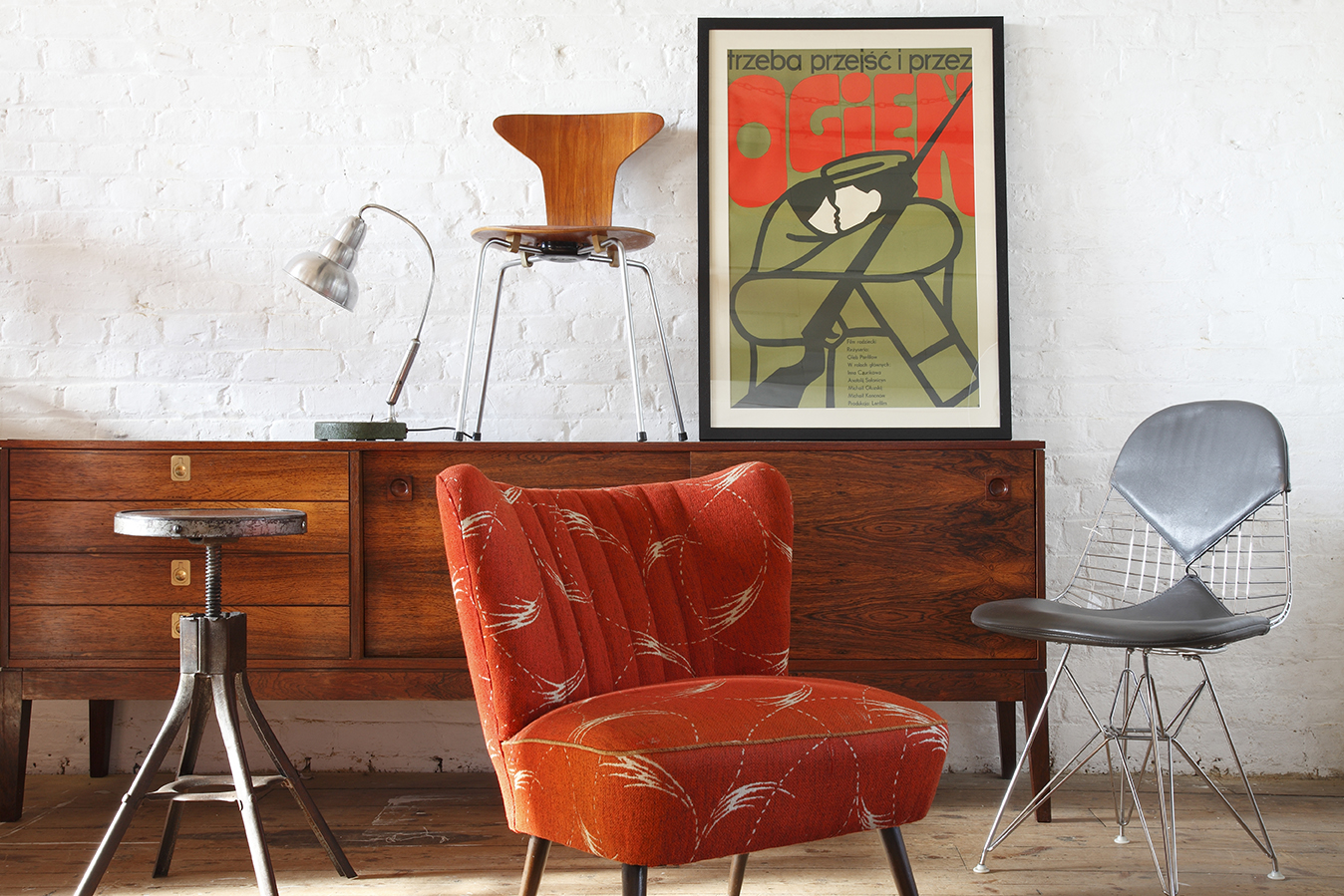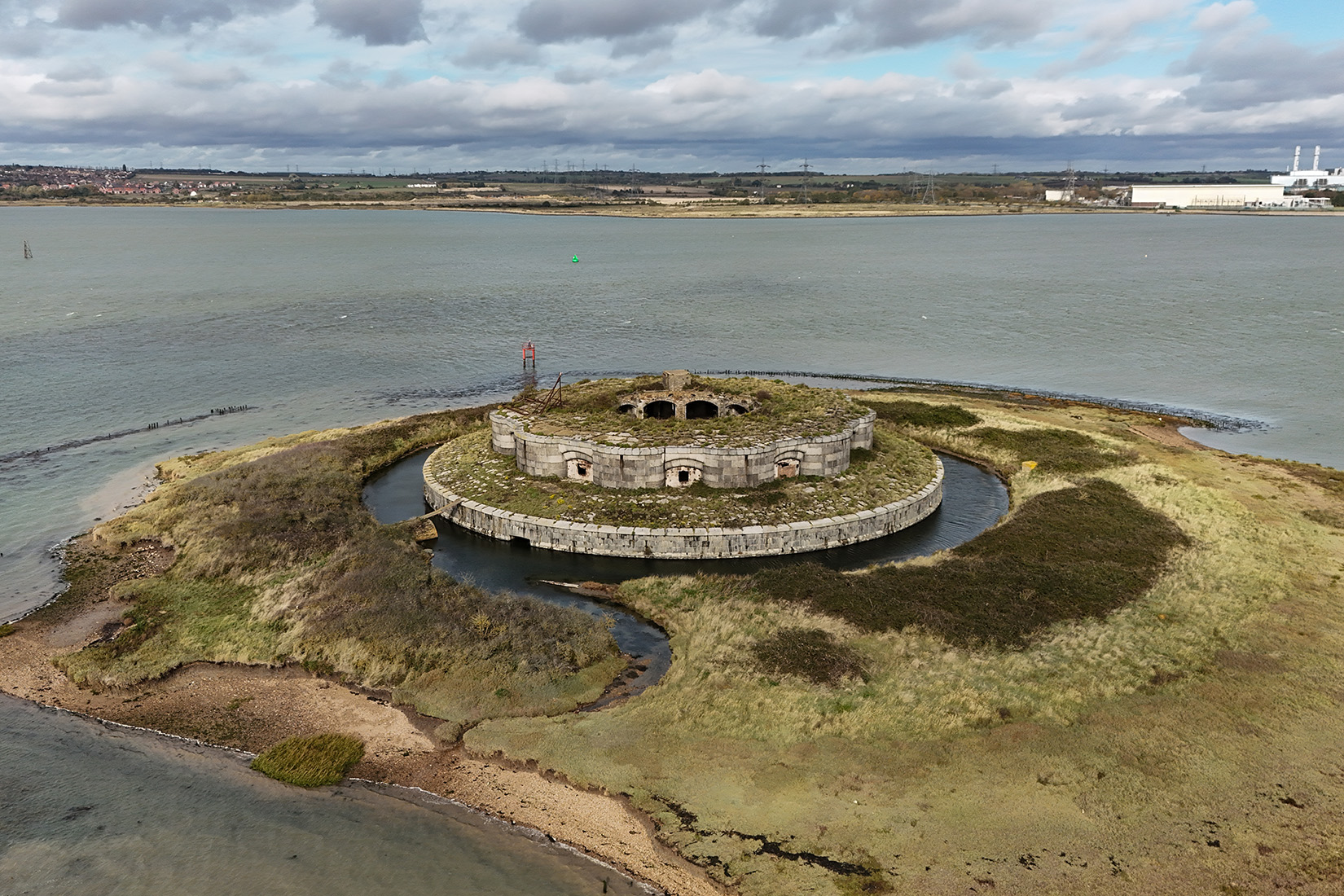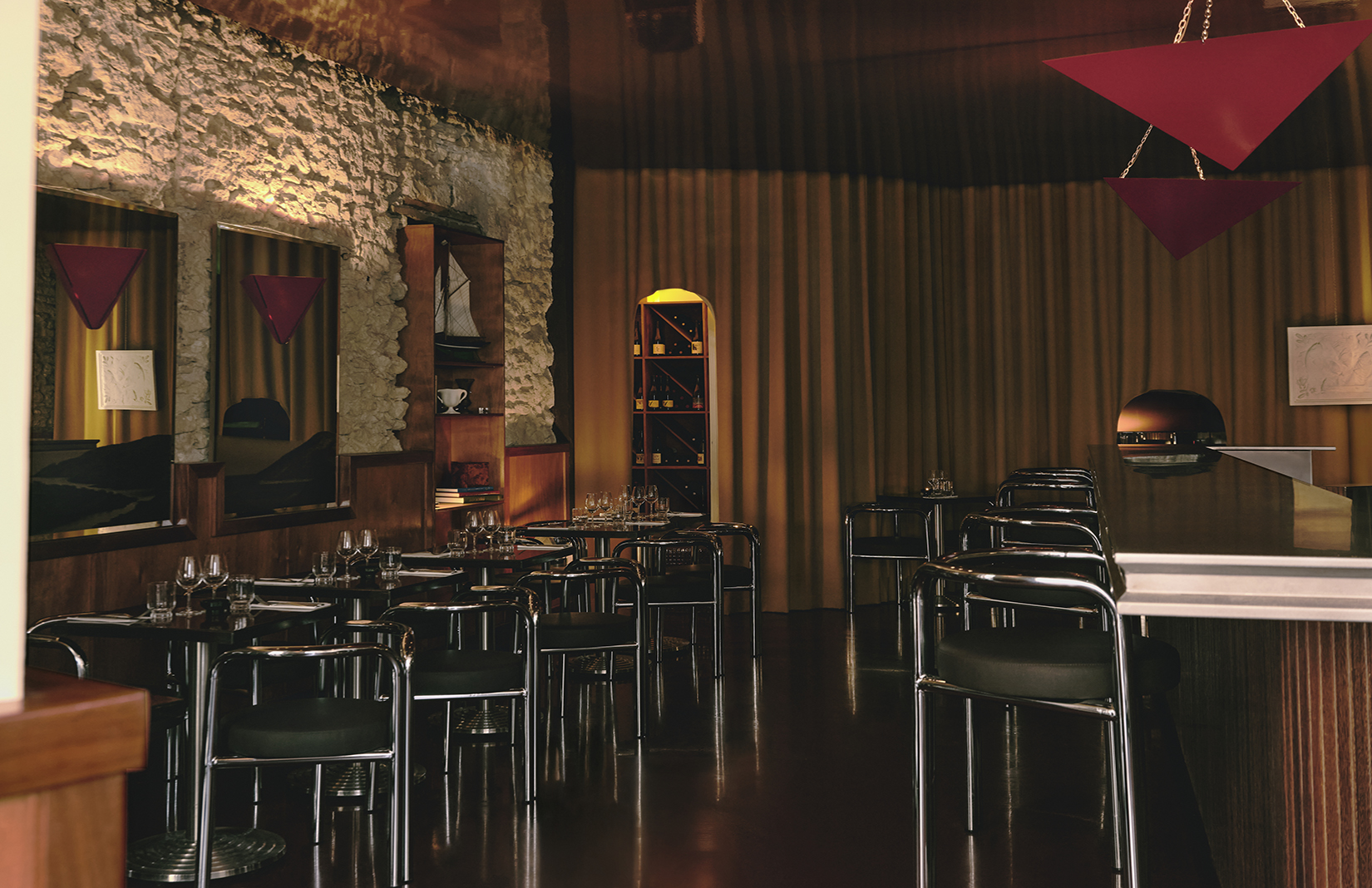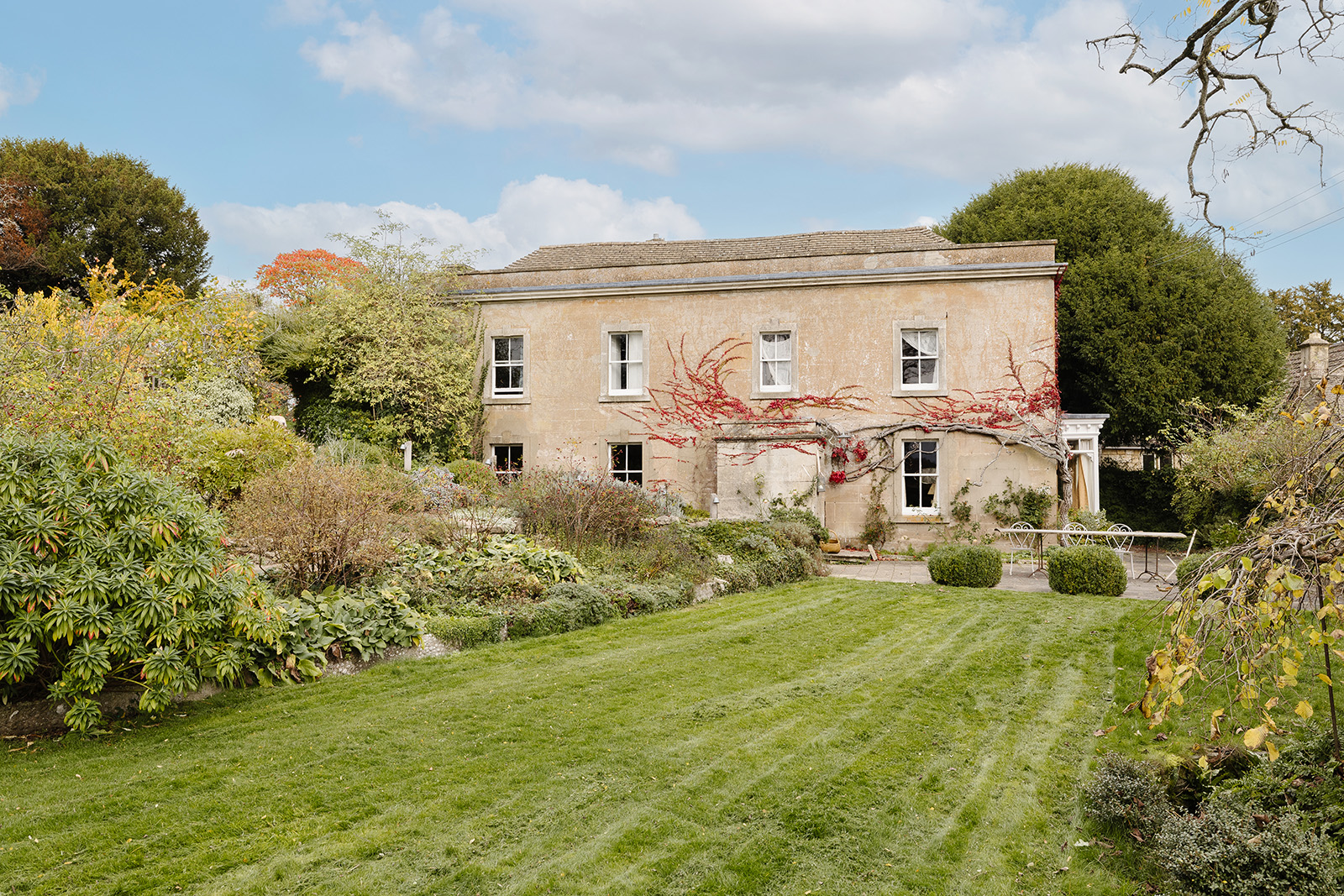
Courtesy of Hostem
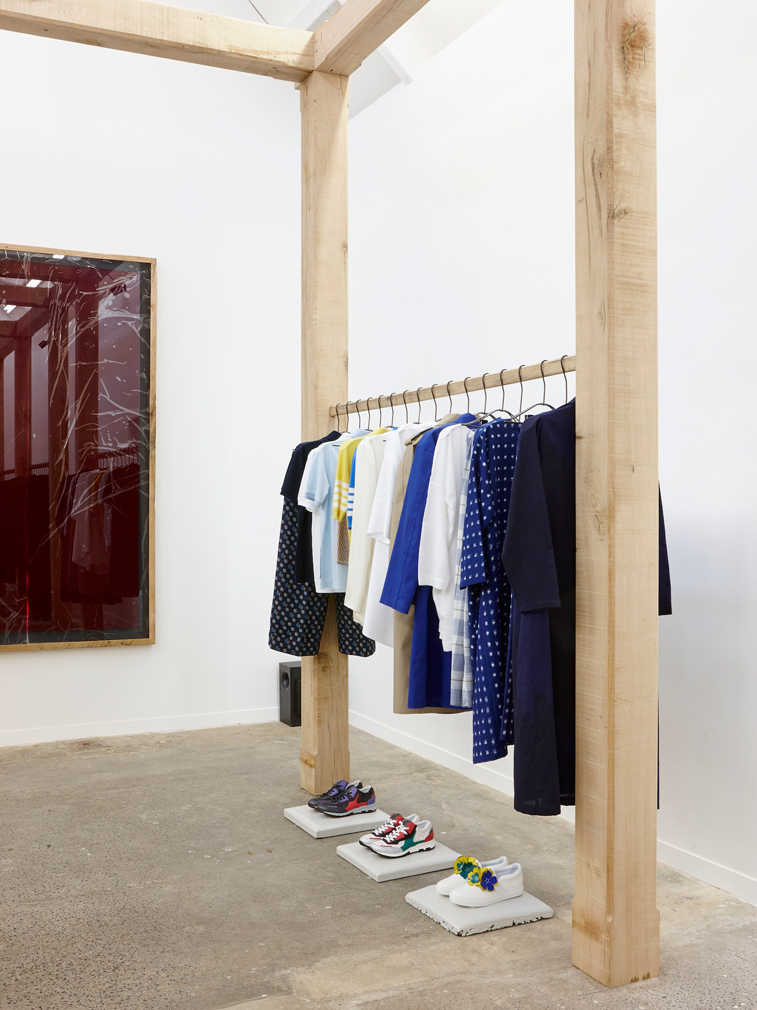
Courtesy of Hostem
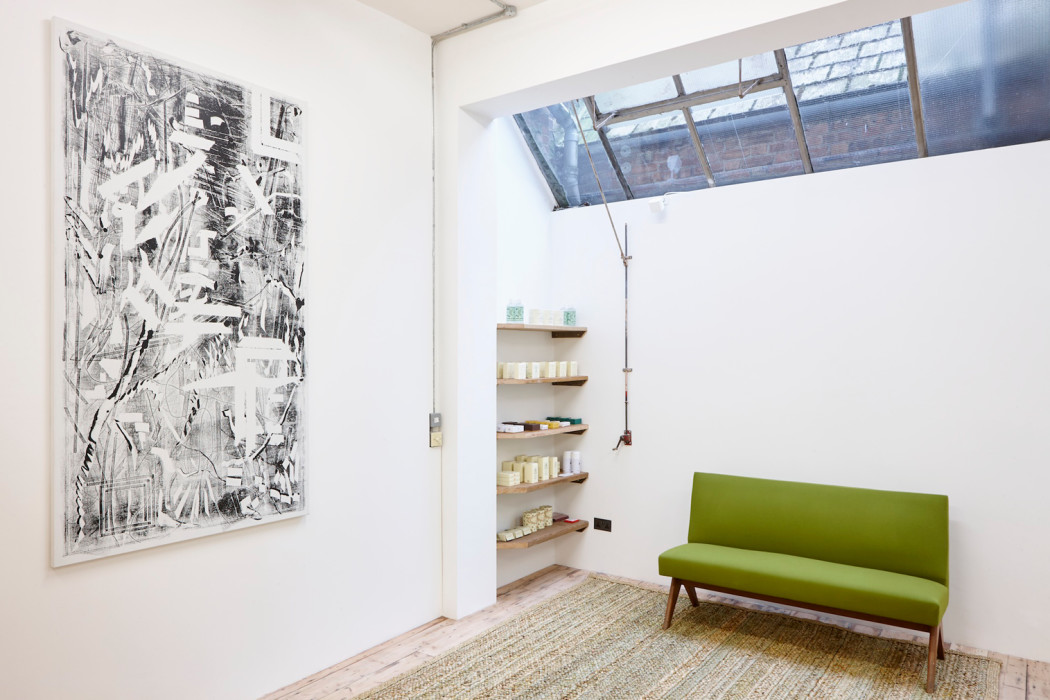
Courtesy of Hostem
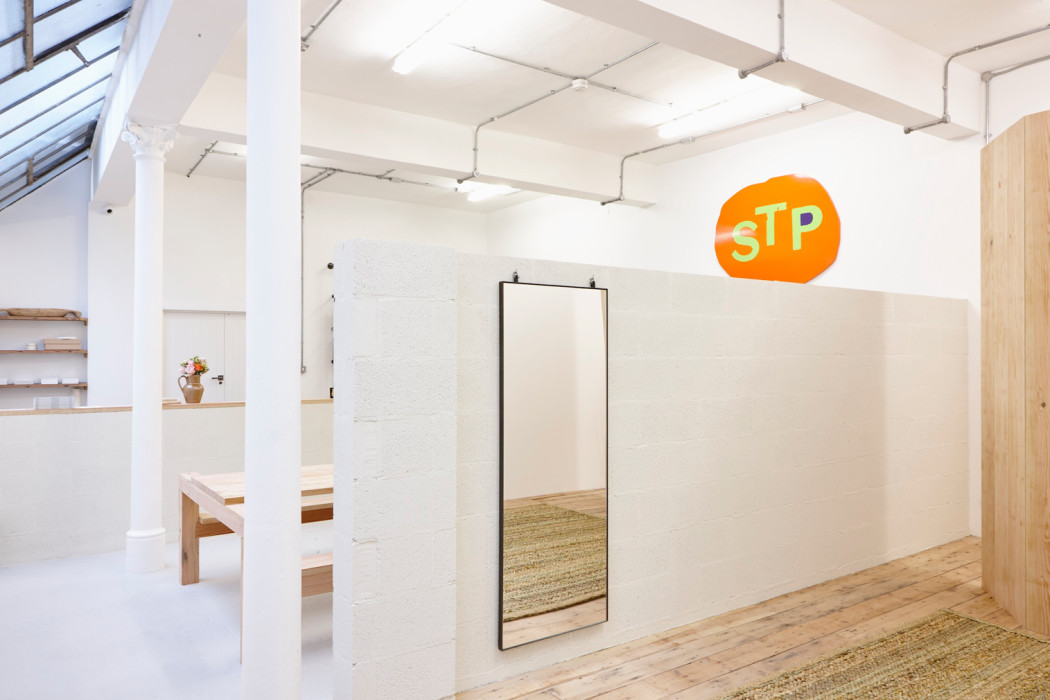
Courtesy of Hostem
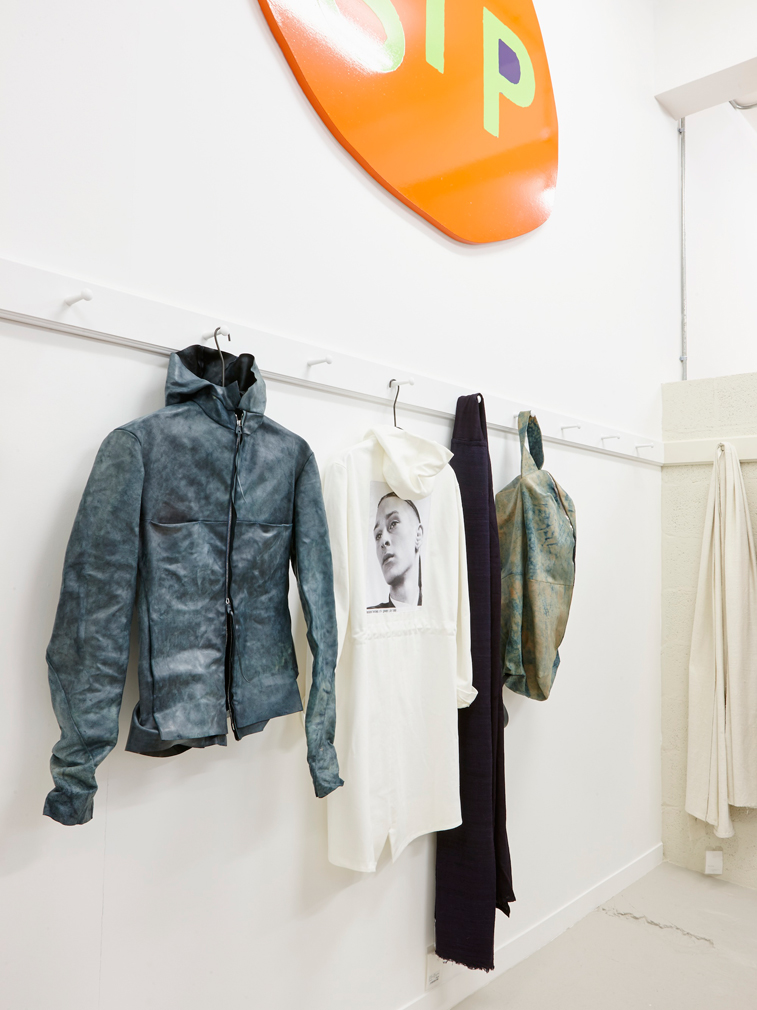
Courtesy of Hostem

Courtesy of Hostem
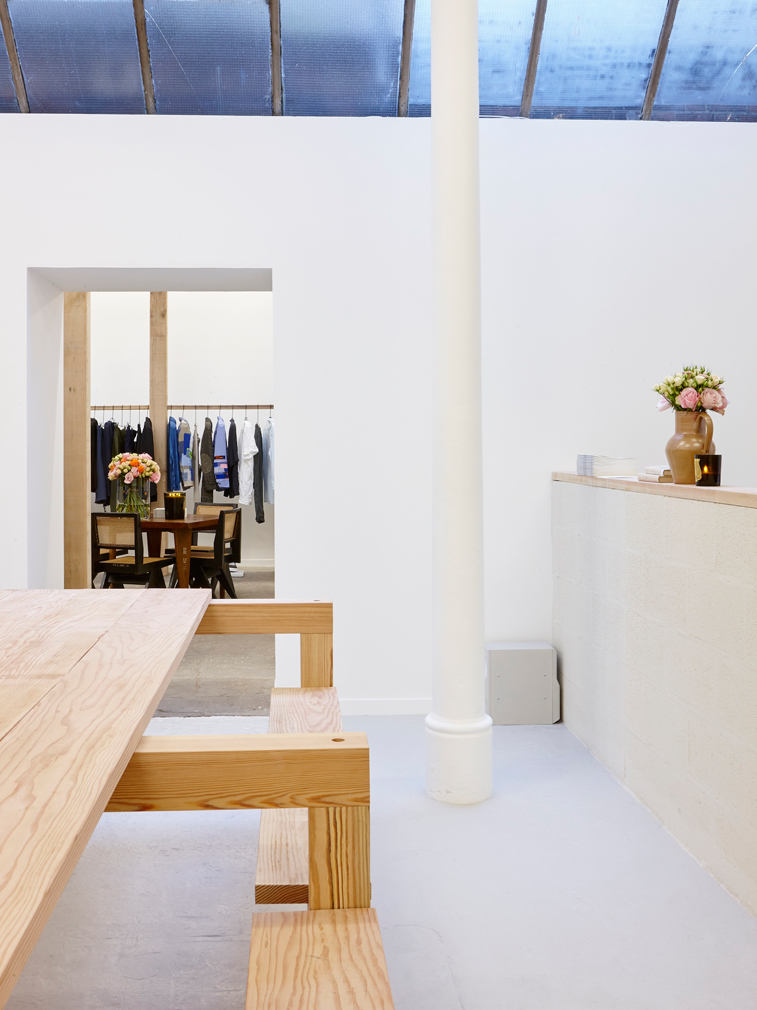
Courtesy of Hostem

Courtesy of Hostem
East London fashion store Hostem has moved into a temporary ‘Spring Store’ inspired by the sculptures of artist Oscar Tuazon.
Launched in 2010, the menswear boutique was among the first to open on Redchurch street, and has a storied association with leftfield retail design. A series of refits and extensions by the art and design practice JamesPlumb saw the store expand over five storeys in as many years, garnering a World Architecture Festival Award along the way.
While Hostem’s Redchurch street store undergoes further expansion, the working shop has taken up residence on nearby Old Nichol Street in a building once occupied by sculptor Cornelia Parker.
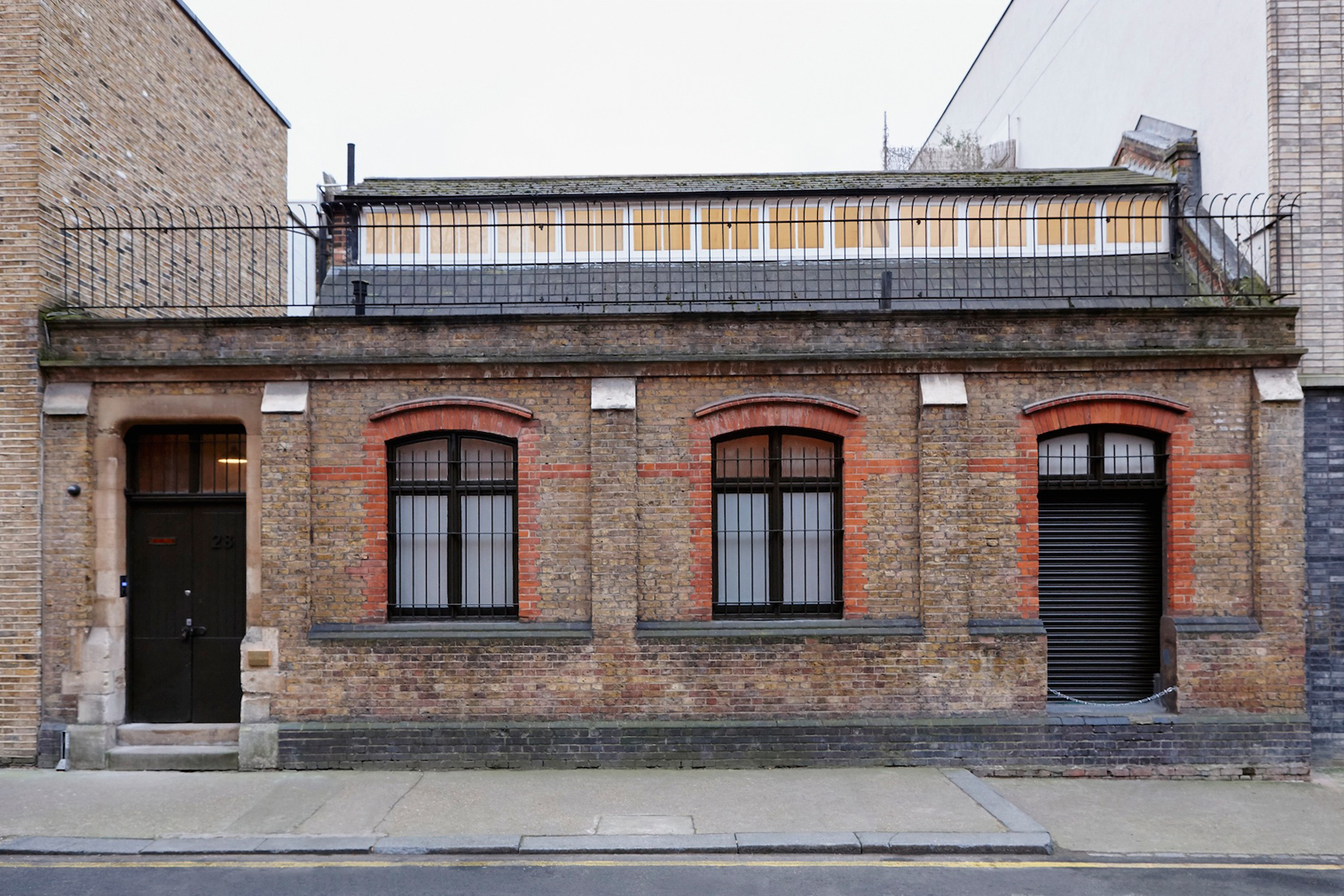
A freestanding timber frame structure made using traditional joinery techniques supports racks of garments for men and women, and creates a warm glow in the otherwise stark white space. Each massive beam of the structure is numbered with carved roman numerals.
‘We are fortunate as the building is so architecturally beautiful, internally and externally so we wanted to be as sympathetic as possible to it,’ explains Hostem owner James Brown. ‘Oscar Tuazon’s show at the ICA 2010 really inspired me as I had always loved the idea of creating a space-within-a-space.’
In truth, the Spring Store structure is a decidedly refined take on Tuazon’s art structures, which owe a debt to rough and ready survivalist and DIY architecture practices. But then, who’d want splintery wood poking holes in their Junya Watanabe jacket?
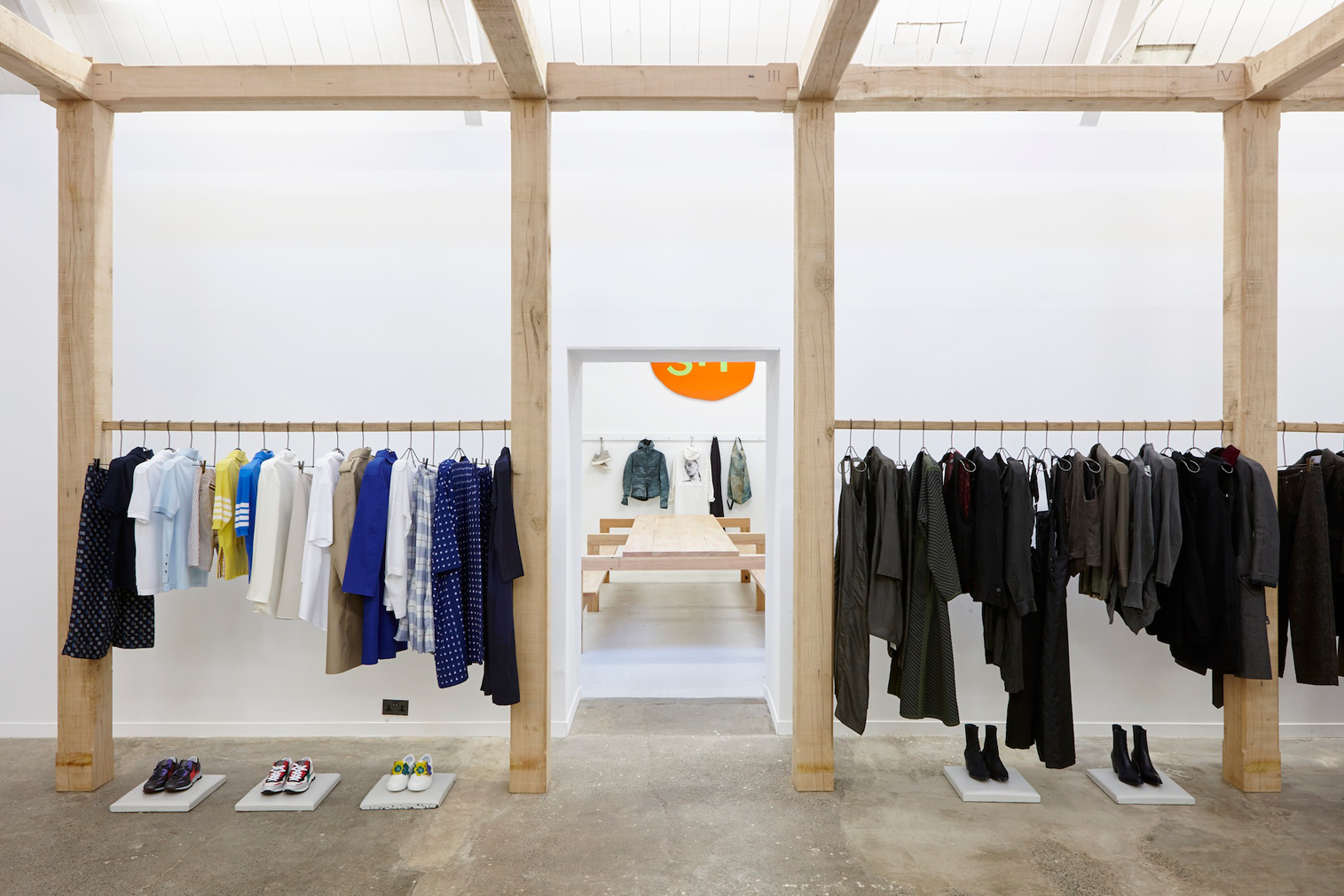
Hostem’s joiners have also knocked up a scaled version of Donald Judd’s Marfa picnic table as the centrepiece for an adjacent accessories room. Other furniture in the store is drawn from Brown’s own collection, with pieces designed by Pierre Jeanneret for Chandigarh.
It may look simple, but Brown cautions there is more going on than meets the eye. ‘Retail architecture has to work extremely hard. There are a lot of variables: how the product hangs and looks, how the customers interact with the product and how we as a team interact with a customer.’
Somewhat ironically, the street that is now occupied (albeit temporarily) by one of London’s most rarefied fashion retailers once lent its name to the city’s most notorious slum. Known as the Old Nichol Street Rookery, it was cleared in 1891 to make way for Owen Fleming’s Arts and Crafts Boundary Street Estate.







